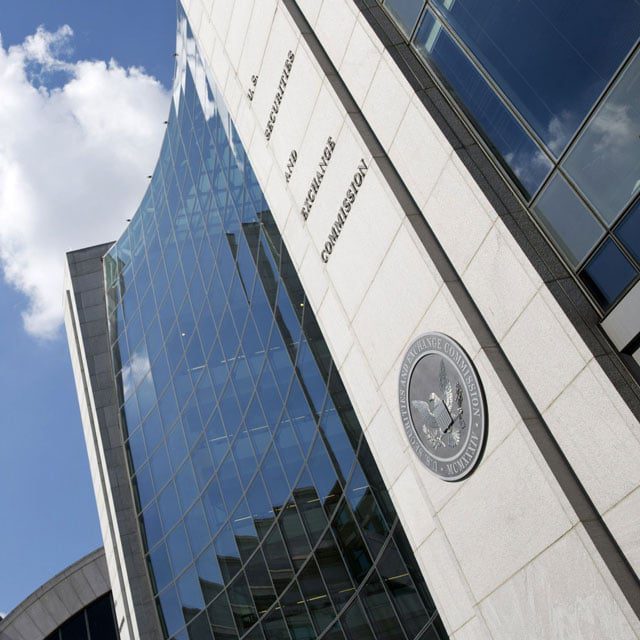Why the Pool of Accredited Investors Keeps Growing: New SEC Report

The number of “accredited investors” able to participate in private securities offerings has grown 16-fold since the criteria were developed 40 years ago, according to a just-released review of the defintion by the Securities and Exchange Commission.
In 1983, 1.51 million households met the accredited investor criteria. By 2022, 24.3 million households qualified, according to the agency’s report.
This is “largely due to the fact that the natural person accredited investor thresholds have not been adjusted to reflect inflation,” the report stated.
If the natural person accredited investor thresholds were adjusted to reflect inflation since their initial adoption through 2022 using CPI-U, the report states, “the net worth threshold would increase from $1 million to $3,037,840, the individual income threshold would increase from $200,000 to $607,568, and the joint income threshold would increase from $300,000 to $911,352.”
The Dodd-Frank Wall Street Reform and Consumer Protection Act requires the SEC to review the accredited investor definition at least once every four years as it applies to natural persons to determine whether it should be adjusted or modified. The Commission staff has previously conducted two such reviews, in 2015 and 2019.
While the report does not make recommendations, it provides a background on previous changes to the defintion and then solicits the public’s views.
The report describes “the large number of people suggesting that using high wealth and income as measures of financial sophistication excludes many sophisticated investors from private securities investment opportunities,” Nicolas Morgan, partner at Paul Hastings, pointed out to ThinkAdvisor Friday in an email.




